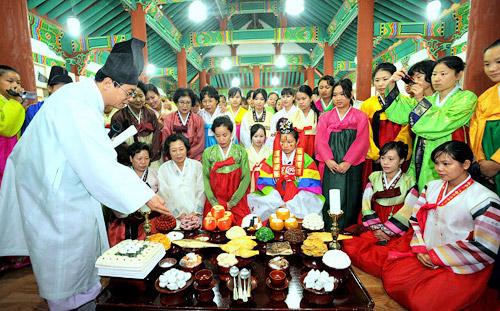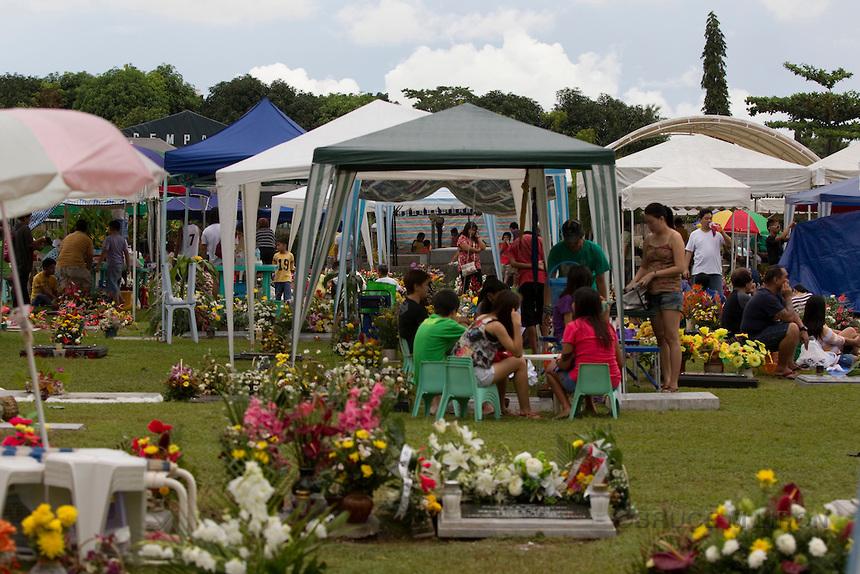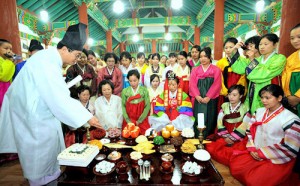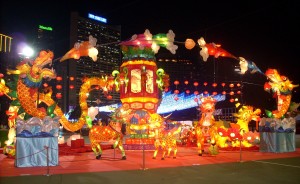No Halloween, no problem
November 2, 2014
While the Washington and Lee students studying abroad are experiencing fall without a traditional American Halloween, the international students on campus prepare for a new and exciting time of year.
At W&L, with all the costumes and band parties, in addition to off campus houses prepping for trick or treaters, students go all out.
“Halloween is the most wonderful time of the year,” said Nina Preston, ’16. “At W&L especially, it’s the greatest. I get to use all the silly puns I love as costume ideas.”
The Ring-Tum Phi sat down with three international students to discuss this American celebration and compare it with their own.
Eduardo Olondriz, ’15, from Manila, Philippines said that Halloween at home is very similar to Halloween on campus. Since the Philippines is a two-season tropical country, citizens do not have any specific “harvest” celebrations.
However, citizens follow the American tradition of dressing in costumes on Oct. 31 to go trick-or-treating.
“I actually think trick or treating might be taken more seriously in Philippines, given how wild kids go when they see candy coming their way,” Olondriz said.
In addition to Halloween, the citizens in the Philippines celebrate All Saints’ Day on Nov. 1. Since the Philippines is a devout Catholic country, people usually use this day to go to church and eat with their family and relatives.
The next day in the Philippines is All Souls’ Day. People take this day to go to the cemeteries and pray for their deceased loved ones.
Olondriz said, “People will usually spend a lot of the time in the cemetery on this day and even have a picnic.”
KOREA
Lauren NaHyeon Kim, ’17, from Jinju, Korea celebrates this time of year with Korean Thanksgiving, also known as Chuseok, a day similarly determined by the full moon in September or October.
The history of Chuseok has many versions. Some think it stems from shaman rituals regarding the harvest moon, hence its timing within the year. Others believe that it marks the day that an ancient Korean ruler won an important battle against another kingdom.
Regardless of its origins, it is cause for festivity and many people journey back to their hometowns to gather and pay honor to ancestors with their feasts.
Kim said, “All the families usually get together to celebrate it by making traditional foods using rice cake and regional goods produced during that season.”
While Kim also enjoys the American version of Halloween, she thinks the holiday is losing its original purpose of honoring the dead.
However, Kim added, “I think Halloween at Washington and Lee is helpful for students to release their stress from midterm week.”
CHINA
Yexinyu Yang, ’18, from Tianjin, China looks forward to an American Halloween every year. Before attending W&L, Yang did an exchange program in the United States.
“I played trick or treat with the kids in my host family,” Yang said. I think it’s a special way to reflect American culture with more widespread activities.”
Back in China, Yang celebrates the Mid-Autumn Festival during the fall.
The Mid-Autumn Festival usually falls in late September or early October. It is an ancient inherited custom to celebrate and honor the moon. Chinese as early as 1000 BC noticed that the cycle of the moon impacted the harvest. This early tradition of giving thanks to the moon and celebrating the harvest has been transformed by the Chinese today into a family gathering and feast.
“We eat moon cake on the day and watch the full moon,” Yang said. “People are supposed to gather together with their family.”









